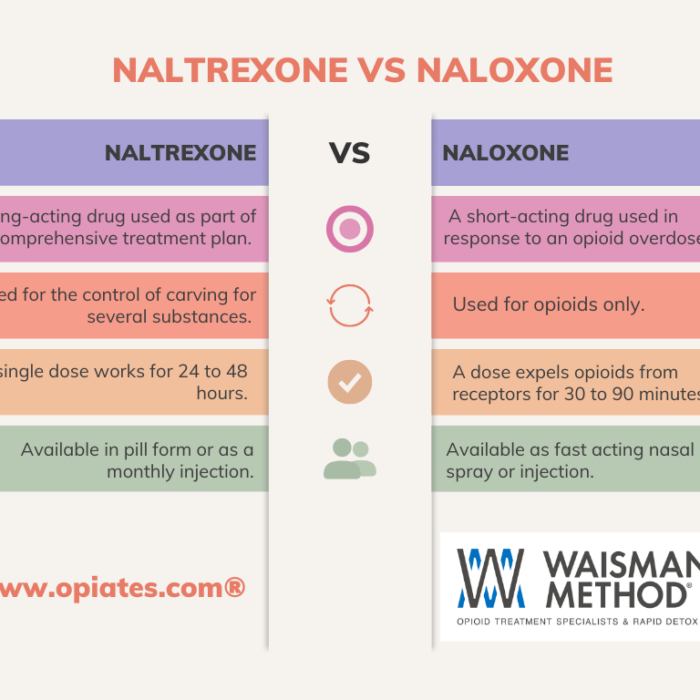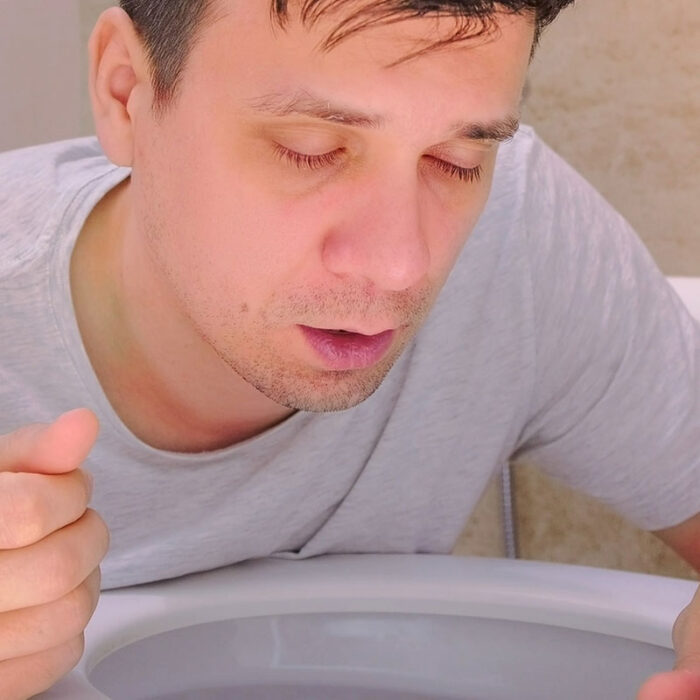Combining prescription drugs with other substances such as sedatives, stimulants and alcohol can cause death. Celebrity deaths often highlight this danger, but people across the country are experiencing this at an increasing rate.
The toxicology report of famed pop star Whitney Houston revealed evidence of alcohol, Xanax and other drugs in the singer’s system at the time of her death. Though prescription painkillers were not specifically indicated with Houston, plenty of other people have died from it.
This isn’t the first case of a Hollywood star who met this fate. Michael Jackson, Heath Ledger and Anna Nicole Smith are among those suffering from an accidental overdose involving deadly combinations of prescription drugs, alcohol, sedatives and stimulants.
Everyday People Are Succumbing To Irresponsible Use Of Opioids
This problem reaches way beyond Hollywood. Reports show that 27,000 Americans have died from accidental prescription drug overdoses since 2007. This startling statistic reveals that it has become more common for people to suffer this fate than from a car accident.
Evidence has shown that around 3 to 5 percent of people who take prescription medication for pain end up addicted. While Houston’s death involved additional drugs such as sedatives, most drug abuse usually involves opiate painkillers. People often take sedatives and sleep aids to counteract effects of prescription drugs and also to help avoid withdrawal symptoms.
It’s become common for people who abuse painkillers to also use alcohol in conjunction. This can be toxic, and there is no safe limit. Painkillers and alcohol are one of the worst blends possible. By combining these two substances, breathing can be slowed or compromised and it could also cause the coughing reflex to be inhibited. This can lead to death also.
The Outcome Can Be Deadly But Detox Can Help
When alcohol interacts with opioids, anti-anxiety medications, anti-psychotic medications, anti-depressants, sleep aids and muscle relaxants, it intensifies the sedative effects of those drugs and can cause drowsiness and dizziness. It can cause the liver to fight to properly metabolize the substances. They may end up spending more time in the blood stream at higher concentrations, increasing the possibility for an overdose. Additionally, these substances together also impact the function of the central nervous system. They can lower heart rate, compromise lung function and impair memory, which can be incredibly dangerous. Patients may forget how much they drank or took and reach for more.
It’s never been easier for society to fuel an addiction. These drugs are more accessible than ever. People can get prescriptions from doctors, through prescription fraud or on the black market or Internet. If you believe you or someone else has a problem with prescription meds or alcohol, speak to a doctor or other professional right away. Detox is essential.















